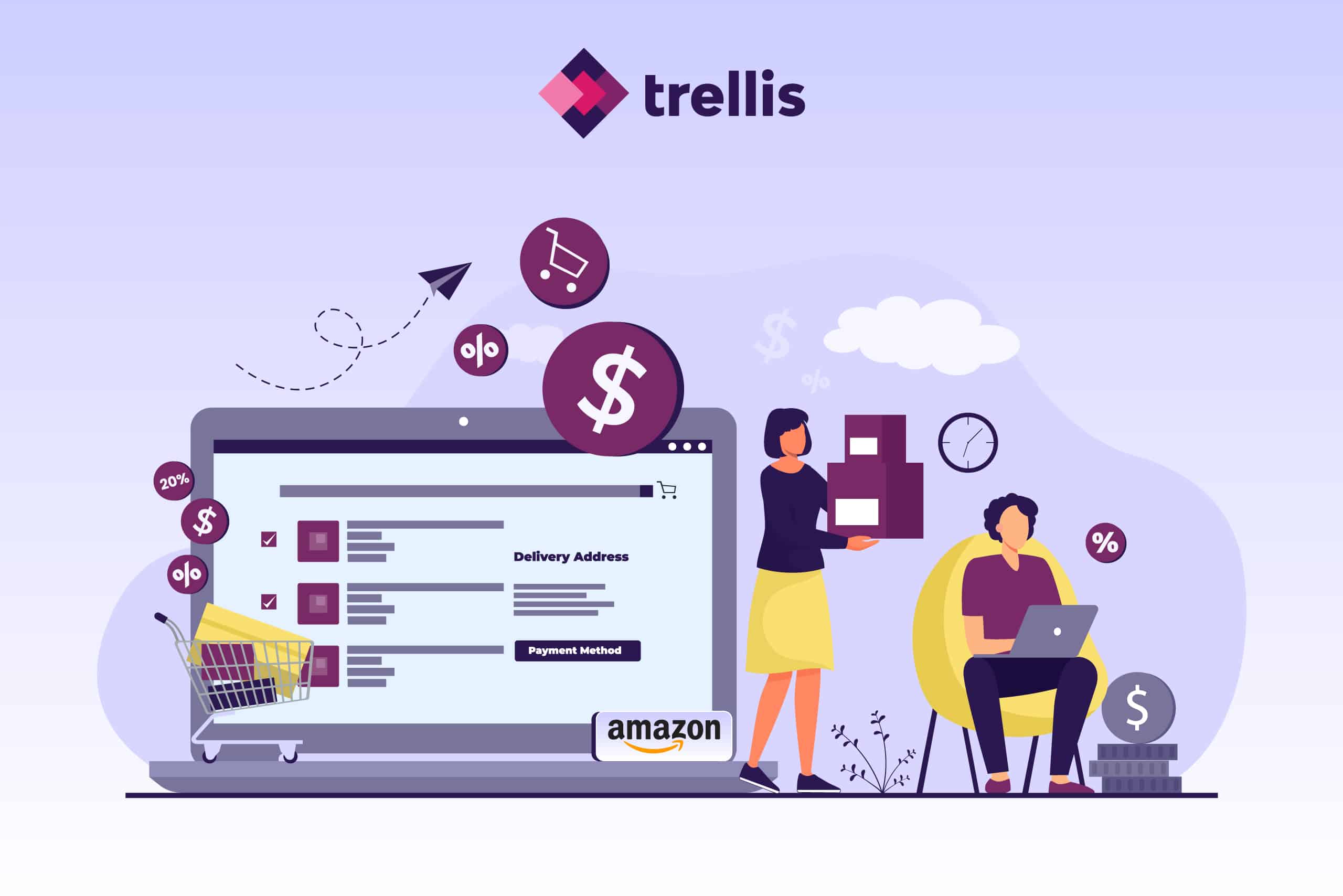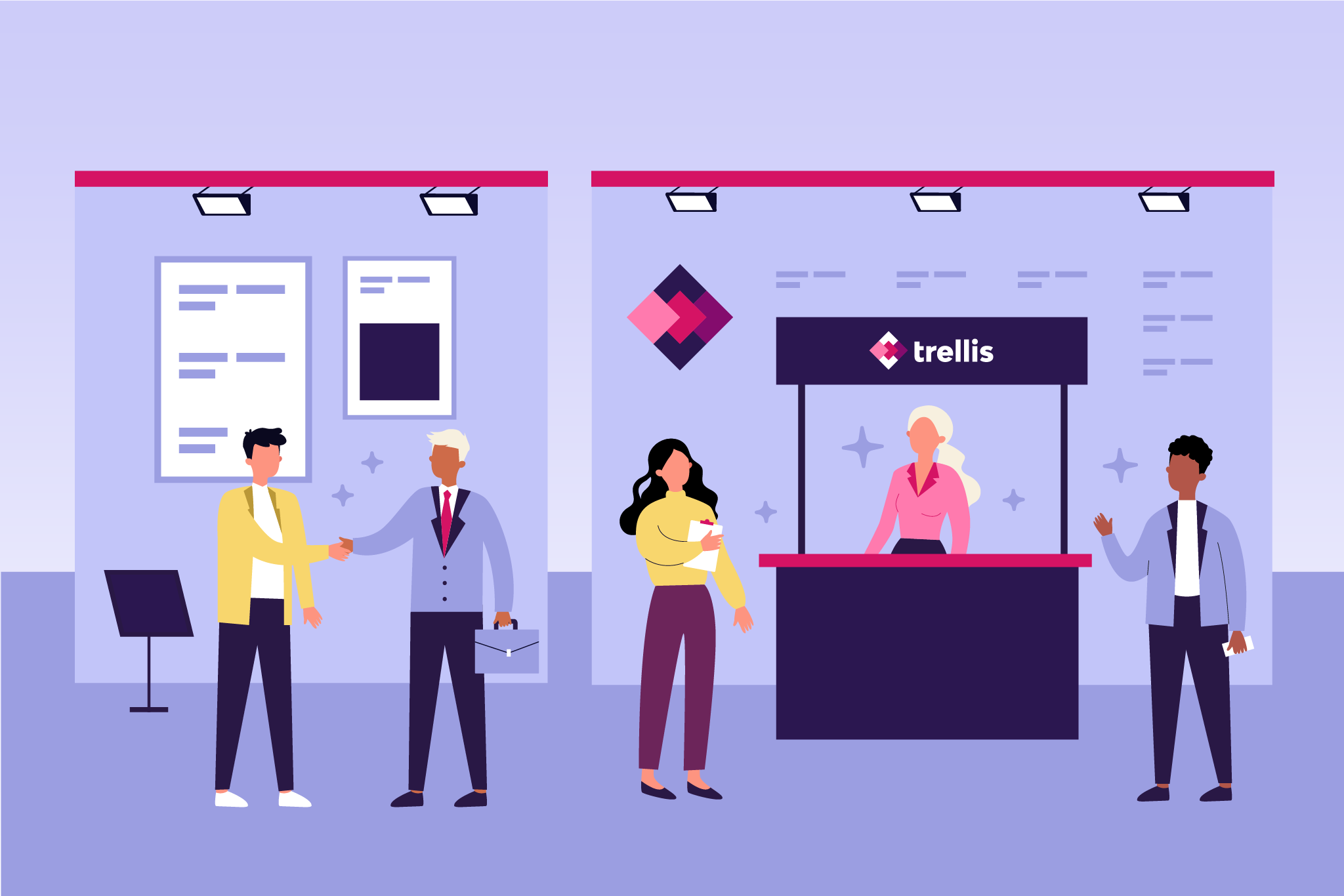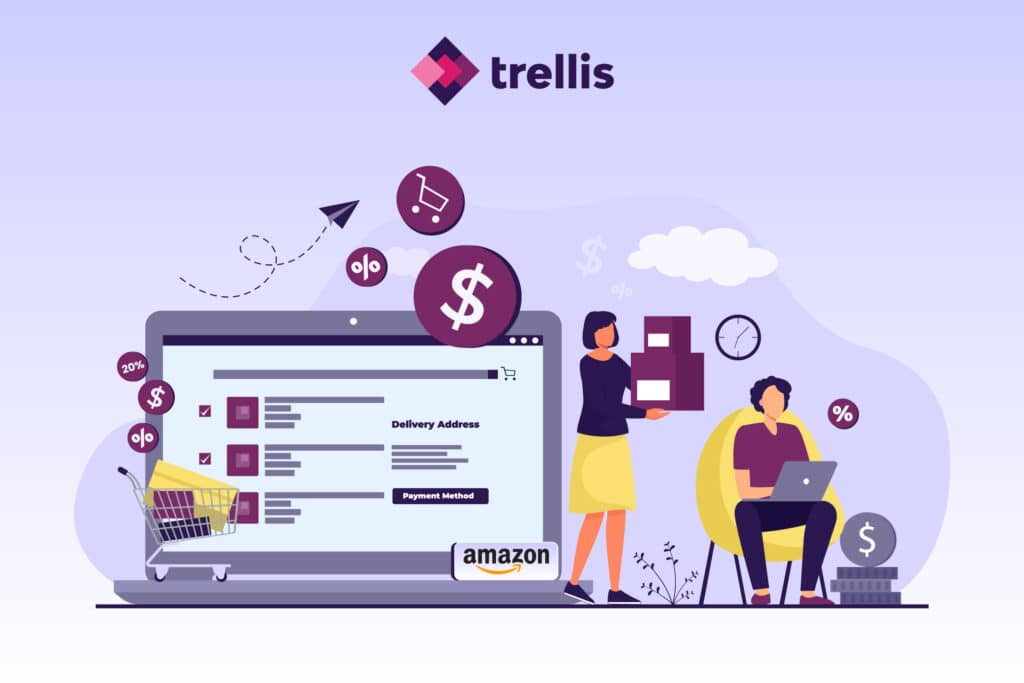You’ve dominated your niche on Amazon, perfected your bulk discounting strategy, and hit the ceiling on FBA sales. It’s time to talk business-only pricing.
With the right Amazon Business strategy, you can win high-volume buyers and skyrocket your sales, all while maintaining your overall profitability.
Is your pricing optimized for demand on Amazon? Find out with our free Amazon price elasticity of demand calculator.
Accelerating Growth through Business-only Pricing
Amazon Business is a free service for sellers looking to cater to other businesses. It allows you to offer customers bulk discounts to incentivize high-volume orders. Through Amazon B2B Central, you can provide discounts on any product, in any quantity. You also have the flexibility to adjust your pricing based on product performance, customer response, and other data.
And the benefits don’t stop there. As an Amazon Business seller, you also get access to reduced referral fees for bulk orders, improved search, and business-only payment methods. Amazon has also rolled out Business Bid Adjustments, enabling wholesale sellers to boost bids to the tune of 900% and, according to Amazon, reach 2x to 3x higher return on ad spend (RoAS).
For many brands, opening a wholesale channel is about volume—not margins. But that doesn’t mean you can’t use wholesale orders to elevate your overall profitability. Whether you’re using Amazon Business to drive down product costs and increase profits on other channels, or attract bulk orders without slashing your margins, the right pricing strategy is crucial.
How to Set Up Tiered Pricing in Amazon Business
Today there are over 6 million customers on Amazon and many of them are loyal business shoppers ready to order in bulk. To attract business customers while protecting your margins, start by setting up tiered pricing. Here’s how it works:
- Navigate to the Manage Inventory tab and find the product you want to discount.
- In the Business Price column, click the link arrow next to “Add quantity discounts.”
- Choose from one of two pricing models: percent off business price or fixed price off a business price:
- Percent off: Percentage-based discounts based on pre-defined minimum order quantity (MOQ) tiers. For example, you could set a 10% discount for bulk orders with a MOQ of 100 units and a 25% discount for orders with an MOQ of 1000.
- Fixed price: A specific dollar-number discount based on each MOQ tier. For example, you could set a $100 discount for orders over $1000, and a $1000 discount for orders over $10,000.
As a Business seller, you have total control over the number of tiers you set, the parameters you use, and how much of a discount you want to offer at each quantity level.
4 Profit-driven Strategies to Optimize Amazon Business Pricing
Unless you’re brand new to the world of marketplace pricing, you already know that dynamic and automated repricing tools can help you strike the right balance between sales volume and profitability.
In this section, we’ll take a closer look at some of the top Amazon Business pricing strategies to increase your results with B2B shoppers.
1. Use Dynamic Pricing to Attract B2B Customers
Vying for wholesale customers is a different game compared to what you’re used to on the retail side. While rules-based pricing is great for boosting search rankings and winning important Buy Box positions, dynamic pricing takes your B2B pricing strategy to a whole new level.
Dynamic pricing tools draw on the intelligence found in vast quantities of data to identify profitable patterns based on historical sales, competitor prices, demand, seasonality, customer behavior, wholesale inventory levels, and more.
To succeed with dynamic pricing, take time to build out your demand and profit models to identify the sweet spot between demand and business customer profit potential.
Consider questions like:
- How can wholesale purchases help reduce overall operating costs through discounted supplier rates, even if they bring in lower profits?
- What’s the minimum and maximum pricing I need in order to achieve my goal of reducing product costs?
- What’s the lowest margin I’m comfortable with on business orders? Does this vary from product to product?
- If there’s a sudden surge in retail purchases alongside bulk wholesale orders, what’s my risk of stockouts?
Think of dynamic pricing as a more agile, less manual alternative to rules-based pricing that helps deliver answers to all of the above questions.
For example, your dynamic pricing platform can automatically keep track of things like how far out you are from a peak season or major holiday event, whether your competitors are out of stock, and when it’s time to raise prices based on increases in search volume for your product, without pricing yourself out of the market.
Benefits of dynamic pricing:
- Adapts to complex market conditions
- Considers many factors simultaneously
Drawbacks:
- Tools can be expensive
- Requires quality data input
Best for:
- Pricing bulk or high-volume orders
- Products with fluctuating demand
- Avoiding stockouts across channels
- Maximizing revenue during peak seasons
- Automatically adjusting prices across multiple products and brands
Find out how Boosted Commerce implemented dynamic pricing for a 2% increase in margins, 13% growth in sales, and 20% rise in total profits across 25+ brands on Amazon.
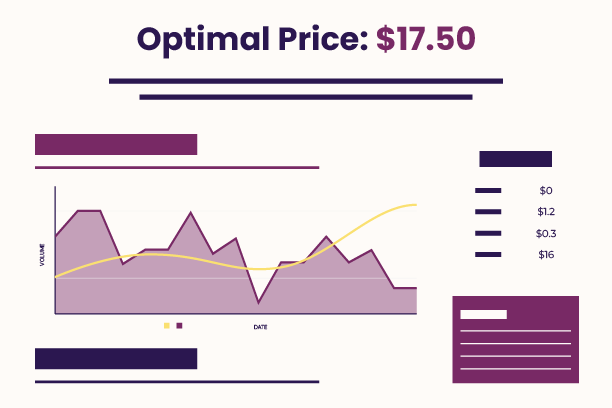
Find Your Most Profitable Price
Enter your ASINs into our price calculator to analyze your BSR against historical price changes.
2. Use Rules-based Pricing to Stand Out in Competitive Categories
When scaling your B2B presence, both dynamic pricing and manual or rules-based repricing have their place. The best time to use each one depends on your specific growth goals and how much manual control you’ll need over your pricing.
For example, say there’s one competitor that’s far outselling the market. You can create an automated repricing rule to ensure your product is always $0.10 cheaper than that competitor.
Rules-based pricing is also effective when you have a singular goal of boosting your rankings or winning the Buy Box. The best part? If you’re using an advanced pricing tool like Trellis, all you have to do is create the rule and your platform will automatically monitor the marketplace and apply it for you.
Advantages:
- Simple to set up
- Predictable outcomes
- Precise control
Drawbacks:
- Less flexible
- May miss profit opportunities
Best for:
- Winning the Buy Box at all costs
- Consistently matching competitor prices
- Clearing overstocked inventory
With Trellis, you can set minimum and maximum prices across multiple marketplaces, while using the power of AI to react in real-time. Book your free demo to see it in action!
3. Boost AOV with B2B Bundles
One of the best things about B2B customers is that they’re more likely to turn to you when they need a different type of product, paving the way for new revenue streams via complementary products, bundled offerings or exclusive business packages.
By offering discounted prices for a combination of products, you can increase sales in a number of ways. For example, if you’re selling office equipment, you might offer a bundled package that includes a printer, paper, ink and toner all at a discounted rate.
Advantages:
- Increase average order value (AOV)
- Launch new products and revenue streams
- Offer a variety of products at different price points and profit margins
Drawbacks:
- New bundling policy means stricter compliance guidelines on bundles
Best for:
- Cross-selling and upselling complementary products
- Boosting AOV on wholesale orders
- Expanding your B2B product portfolio
- Offloading overstocked inventory
Adjust pricing automatically depending on demand, inventory, competitor pricing, market trends, and more. We break it all down in The Ultimate Guide to Amazon Dynamic Pricing.
4. Monitor and Scale Your Success
As long as you keep your pricing and bulk discounts competitive, your business customers can bring in reliable revenue, while you focus on driving increased profits on DTC and owned channels.
For a profitable B2B pricing strategy you can scale, you need a repeatable process for optimizing your pricing strategy, including:
- Pricing goals and target KPIs
- Defined pricing strategies for different channels and products
- Guidelines for making adjustments
- Flowcharts for how to handle various pricing scenarios
Remember, setting your pricing isn’t black and white. Your optimal price is always changing depending on market conditions and your profitability goals and expectations around how different price points affect conversion rates and click-through rates.
Increase Your RoAS By 38%
These 3 Amazon pricing strategies will have your competitors scrambling to keep up.
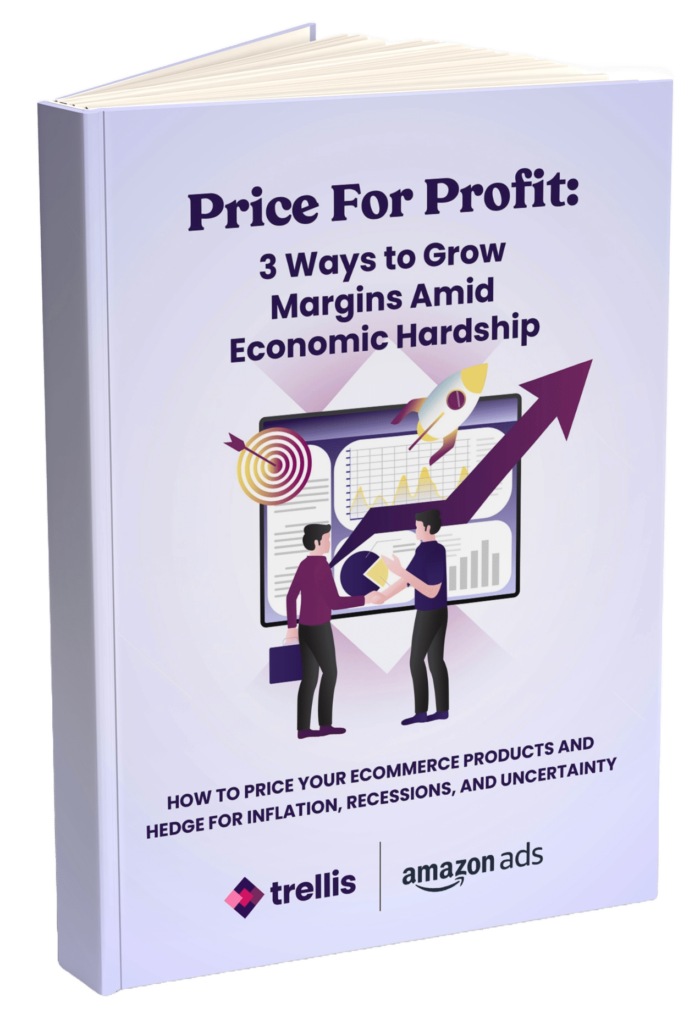
Grow Business Sales while Protecting Your Profitability
To increase sales through Amazon Business while protecting your profitability on other channels, you need a pricing platform that can help you attract bulk orders and reduce product costs, without slashing your margins.
The good news is, with the right demand and profit models, you can use Amazon Business pricing to achieve your B2B goals, no matter how they change over time.
Ready for profitable growth you can scale? Trellis’ Dynamic Pricing Platform offers hourly price management to help you leverage market trends to win more sales, without losing profits. With automated bid modifiers and bulk pricing strategies, you can keep quantity discounts in mind while optimizing for maximum profitability.
Learn how Trellis can help you win with Amazon Business and beyond. Schedule your personalized demo today.



